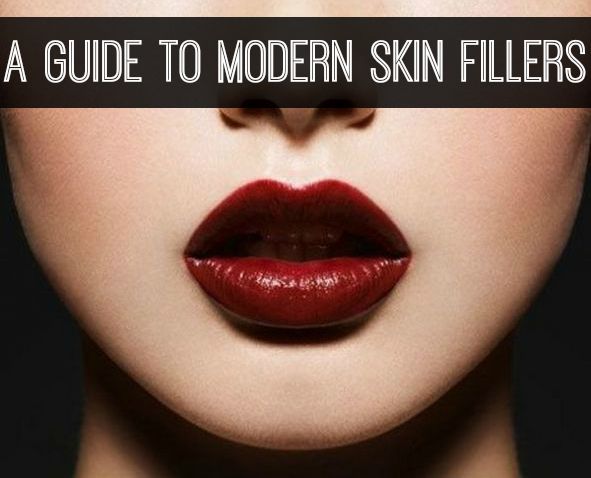Modern technology continues to improve the effectiveness of cosmetic beauty procedures, and none more so than skin filler treatments. While some fillers serve slightly different purposes, in general they are used to reduce the appearance of lines and wrinkles in the face. They’re particularly effective at treating frown lines, lines in the nasolabial and melomental folds, to add volume to the cheekbones and can even be used to reduce the appearance of veins in the hands.

If you’ve ever considered having this kind of cosmetic treatment then it can be tricky to work out which treatment would be best for you. To help you make this decision we’ve put together a short guide to some of the most common cosmetic fillers.
Restylane and Juvederm
Restylane (Medicis) and Juvederm (Allergan) are sterile gels, made in a laboratory and consisting of hyaluronic acid (HA), which is a natural molecule found in the skin. They are FDA approved and have one of the highest safety ratings of all the fillers currently on the market.
These are two of the most widely available dermal fillers out there, and are hugely effective at reducing bumps and wrinkles in the skin. Restylane has a slightly firmer consistency, meaning it tends to be used more for lip enhancement and deep lines. Juvederm is a little smoother in consistency, and the results tend to last a little longer than Restylane.

An example of the smooth effect created by Juvederm
Perlane and Juvederm Ultra Plus are cross-linked hyaluronic acids like Restylane and Juvederm, but they are more dense. This means they are used to treat areas where a denser filler is required, such as the nasolabial fold or to add volume to the cheeks.
Are Dermal Filler Treatments Painful?
Most cosmetic clinics will treat the area with a topical anaesthetic to numb the area before the treatment begins, meaning the area will be numb and you should feel next to no pain throughout the procedure.
This will typically be applied 30-40 minutes prior to the treatment to give the area time to numb. The other benefit of this approach is that the topical anaesthetic can help prevent bruising by constricting the blood vessels for a short period of time.
Following the Treatment
There’s normally no recovery period following a dermal filler treatment, with most patients able to go about their day afterwards. You may experience a little puffiness or swelling for a day or two after the treatment, but for the most part this will not be too significant.
Some people experience a little bruising after the procedure, but your cosmetic dermatologist should be able to tell you if this is a possibility. The majority of bruising is slight and can easily be covered up with a little makeup, and will fade after a day of two.
Most dermal filler treatments will need to be topped up once or twice a year, which is something your clinic will advise you on. Most people will be fine with a single treatment per year, and the procedure is reasonably priced so it’s not a huge outlay every year.
Dermal fillers are a great way to battle the common signs of aging in a safe, affordable manner.





